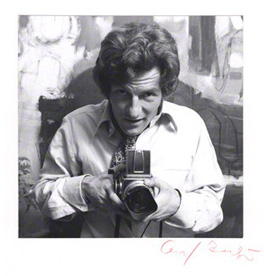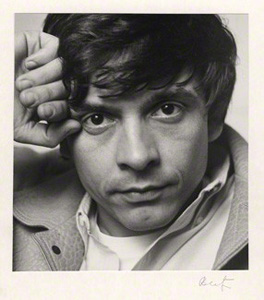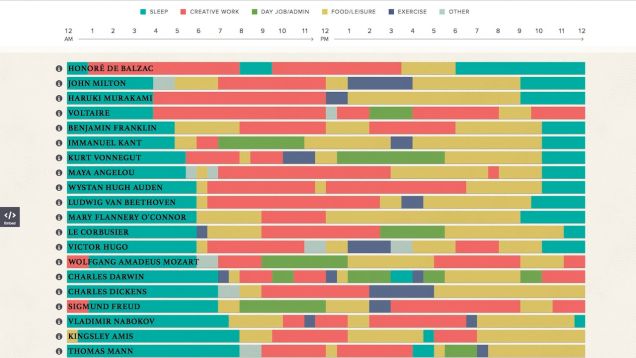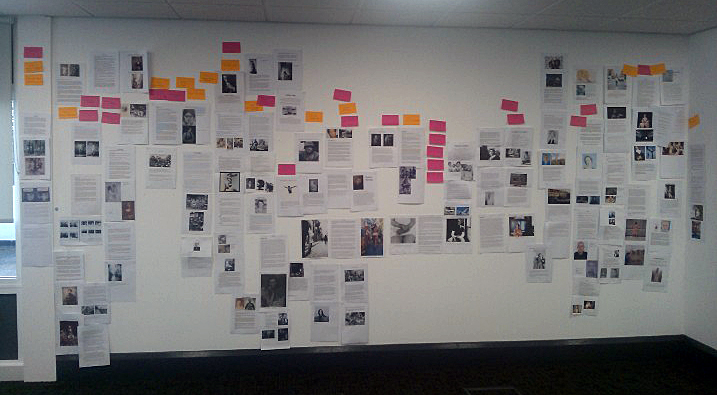In a series of works, Cecil Beaton has photographed many artists from fine art to photography and carries the honour of having held the first retrospective exhibition of a major photographer at the National Portrait Gallery, London in 1968 (NPG, 2015)
One of his photographs of photographer features Patrick Lichfield holding a Hasselblad, ready for use but looking directly into the camera held by Cecil Beaton (Beaton, C, 2014, pg 274, 275). This photographic portrait is amusing capturing a photographer mid photograph with bemusement and annoyance to being photographed at the moment in time.

Cecil Beaton
http://www.npg.org.uk/collections/search/portrait/mw65683/Patrick-Lichfield?LinkID=mp60444&search=sas&sText=patrick+lichfield&role=sit&rNo=2
Although photographing many artists, Beaton has not included props that are relevant to the artist, this choice is selective towards how Beaton wishes to portray the sitter. His portrait of David Bailey, the iconic editorial and fashion photographer, does not use any props to symbolise who he is but to shows who Bailey is as a person, rather than a guy with a camera. (Beaton, C, 2014, pg 260, 261) This photograph is fully focused and cropped to remove any outward distractions but the pose at which Bailey is in is one selected by the sitter as reference to himself and how he wishes to be portrayed within such portrait which is open and easy to look at while the eyes create a focus point to show his personality through his eyes that express a slight humour and content with being photographed that contradicts the loose fist held against his head suggesting the impatience of his personality. The focus on these aspects by Beaton is one to be admired as he is able to convey the feelings, granted the connotation of feelings within the portrait in a crop of the frame to focus upon the features that are most relevant to revealing the identity that remains natural amongst the knowledge of the photograph.

Cecil Beaton
http://www.npg.org.uk/collections/search/portrait/mw67099/David-Bailey?search=sp&OConly=true&sText=david+bailey&rNo=14
His work has the ability to perfectly manage soft tones and the magic of light and shadow to produce technically perfect and beautiful portraits (Beaton, C, 2005 pg 5). The subtle, soft lighting softens the mood and encourages the traces of identity to be more prominent.
Beaton, C, 2005, Cecil Beaton: Fotografie, Kempen, te Neus
Beaton, C, Vickers, H, 2014, Cecil Beaton: Portraits and Profiles, London, Frances Lincoln
Garner, P, Mellor, D, 2012, The Essential Cecil Beaton, Munich, Schirmer/Mosel
Aletti, V, 2012, Cecil Beaton:The New York Years, Aperture, vol 207 Summer 2012, pg 11, 12
NPG, 2015, Cecil Beaton, [online] [Accessed 19/02/2015] Available from http://www.npg.org.uk/collections/search/person/mp05064/cecil-beaton?search=sas&sText=cecil+beaton

